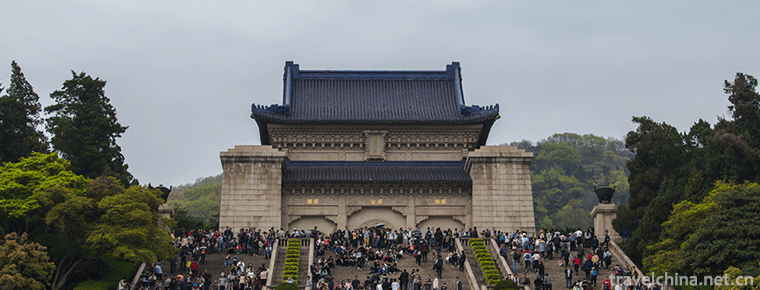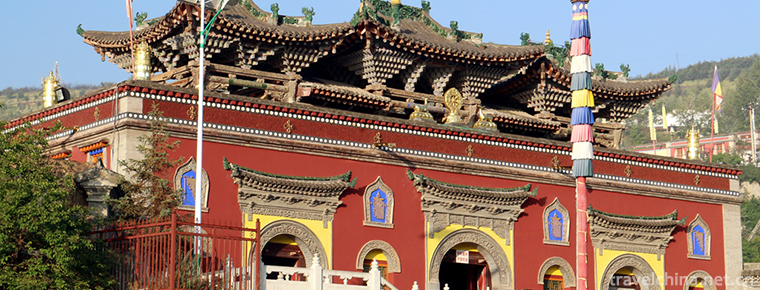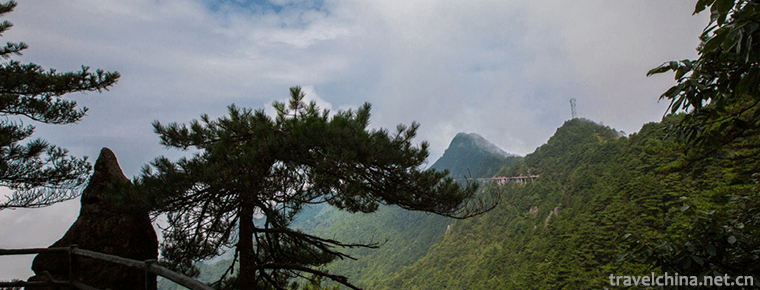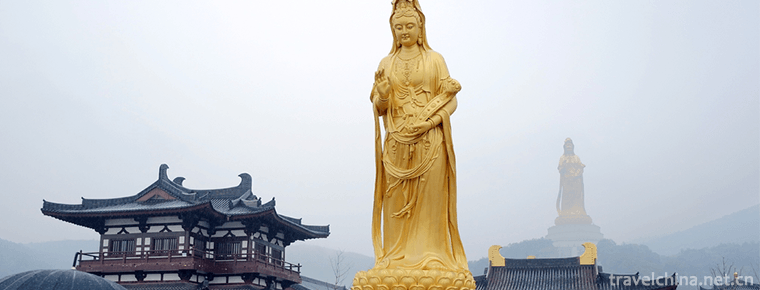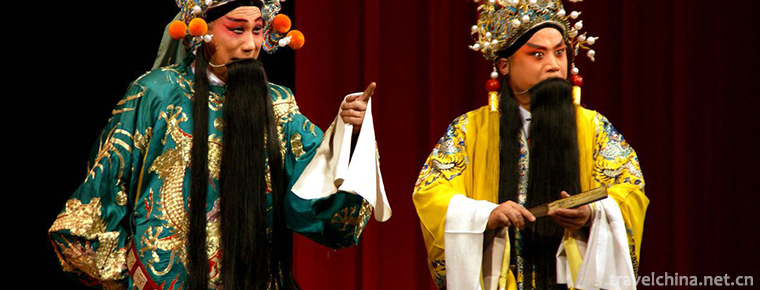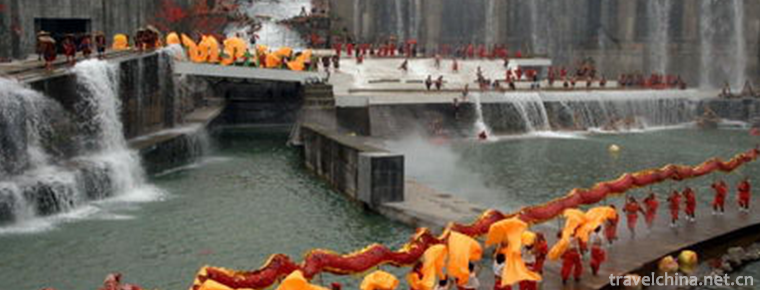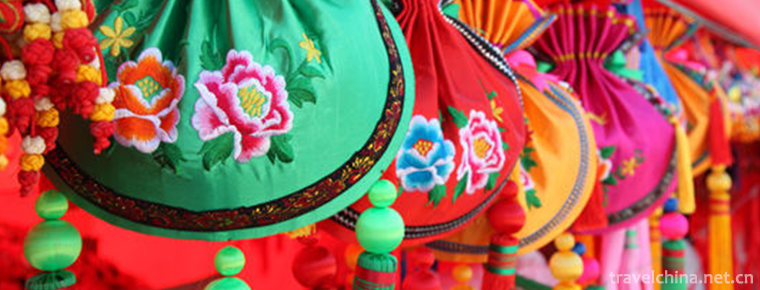Cangzhou Lazi
Cangzhou Lazi
Cangzhou Laozi is a traditional folk dance with strong local characteristics in the central area of Hebei Province. Laozi is one of the representative folk dances in Hebei Province. It spreads in Cangzhou, especially in Cangxian and Nanpi counties. It has a history of more than 150 years. In winter, when the farmers are free, they rehearse and perform around the fifteenth day of the first lunar month to show the joy of celebrating the harvest and leaving the old to welcome the new.
In June 2008, Cangzhou Luozi declared by Nanpi County of Hebei Province was listed in the second batch of national intangible cultural heritage list with the approval of the State Council.
Heritage serial number: 643 III-46.
historical origin
According to Cangxian County Chronicle of Hebei Province, Laozi is a small farm in the big Yangko, which originated in Jiaqing and Daoguang years of the Qing Dynasty (1796-1821). Traditionally, women walk on Cun stilts (also known as Cun stilts), hold flower fans or bamboo boards, and men beat bully whips with their hands. Laozi's dance is characterized by fewer fans and flowers, more dancing postures and shapes, paying attention to the beauty of curves and paying attention to charm. The style of fan dancing is natural and unrestrained. The action range of board dancing is large, the rhythm changes a lot, and it is very bright.
artistic characteristics
Form of performance
Wen Laozi mainly composed of songs and dances, often performing several folk songs together. In the equipments of props, whips, boards and fans are interlaced with each other, and only fans are used for performances. The local people call it Wen Laozi or Xiao Fengyuan. After the Revolution of 1911, women's foot binding began to be liberated, and men dressed as women began to be eliminated. As a result, the movements of Laozi dance have been enriched and developed accordingly. On the basis of Wen Laozi, some movements and techniques in opera have been properly absorbed, which blend with the movements of Laozi dance, adding a warm, robust, cheerful and bold atmosphere, strengthening the elements of dance and martial arts, and reducing the composition of songs accordingly. On props, only whip and board are used, no fan is used. Locals call it Wu Luozi or Feng Yangge.
Art schools
The first group was Yang Fa-tzu, who performed only four whips at the earliest stage, and then changed to four whips and four boards. Later, the performances of fans were added, which were divided into five whips, three boards and two fans. In the process of handing down from generation to generation, each generation of artists has made different degrees of improvement and development of Yang Fa Laozi, making it increasingly perfect, leaving valuable folk art heritage for future generations.
The other is the cap school. At first there was only a martial field accompaniment, then a literary field accompaniment was added. The Hat Family did not perform with fans, but only with two whips and eight boards. Cangzhou people are fond of practicing martial arts and have been influenced by martial arts for a long time. Therefore, it is also evidently reflected in the dance of falling sons. The basic movements of male performers in Fall Zi Dance mainly come from the single-knife style in Wushu. For example, it is the most basic action of male actors. "Xubu" is a triangular route, which is called "triangular riveting" by the old artists. That is to say, the pace is steady, just like riveting on the ground. The actresses'movements such as "drawing board", "winding head board", "pedaling" and "empty step" are also close to those of Wushu.
Traditional programs
The traditional programs of Laozi mostly express the hard life of the working people in the old society, as well as love stories and people's longing for freedom, happiness and a better life, such as Jasmine Flower, Kite Flying, Sighing Lover, Embroidered Handkerchief, Nigu Sifan, etc. Among them, "Rongli Flower" and "Kite Flying" are processed and sorted out to be more beautiful and moving, and become the lasting reserved programs in the dance arena.
Inheritance status
Zhou Shutang, the late famous folk dancer, made outstanding contributions in inheriting and developing Cangzhou Laozi. Zhou Shutang studied art in "Laozi Fang" since childhood. After more than forty years of training, he has become an art genre of Laozi Dance. His dancing rhythm is characterized by a prominent depiction of the female "three bends" dance posture: the head is crooked, the waist is twisted, the legs are curved, the lines are beautiful, the charm is strong, making people feel elegant, beautiful and dignified. In terms of dance steps, it absorbs the advantages of Chinese classical dance and brotherly national dance. Zhou Shutang believes that if folk dance does not develop and innovate, there will be no vitality. In order to develop the slab dance and fan dance in Laozi dance, he recorded many dance vocabulary and dance movement rhythm from folk dances of various nationalities. After some analysis and research, he melted many dance language into the dance, and then processed more than 20 sets of fan flower and slab dance action combinations. These magnificent and varied movements have enhanced the expressive force of Laozi dance and developed the traditional art of Laozi dance.
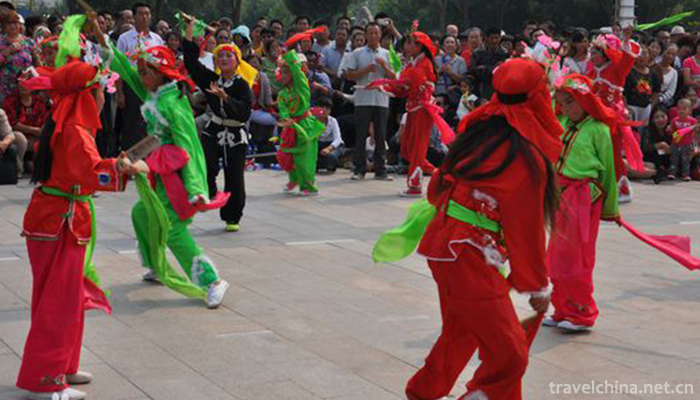
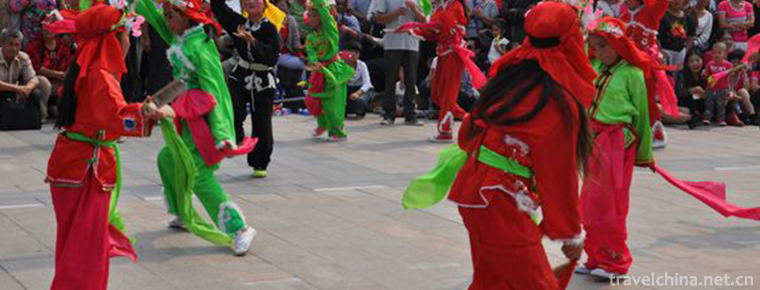
Cangzhou Lazi
-
Crab congee
crab porridge is a snack in Macao. Macao is located at the junction of saltwater and fresh water, and the crab produced is delicious. Water crab porridge...
Views: 233 Time 2018-10-31 -
Zijin Mountain Scenic Area
Zhongshan Scenic Spot, or Zhongshan Scenic Spot for short, is located in Zijin Mountain, Xuanwu District, Nanjing City. It is a famous scenic spot in China
Views: 190 Time 2018-12-06 -
Tianshan Grand Canyon Scenic Area Urumqi
Tianshan Grand Canyon Scenic Area is located in Urumqi County, 48 kilometers away from the urban area. The total planned area of the scenic spot is 1038.48k
Views: 142 Time 2018-12-12 -
Taer Temple Scenic Area Xining City
Tar Temple, also known as Tar Temple, was founded in the 10th year of Hongwu Ming Dynasty (1377). Named after the Great Silver Pagoda built in memory of Zongkaba, the founder of the Yellow Religion
Views: 150 Time 2018-12-12 -
Ming Yue Mountain
Mingyue Mountain Tourist Area of Yichun City, Jiangxi Province, is located 15 kilometers southwest of Yichun Central City, with an area of 104 square kilometers.
Views: 228 Time 2019-02-07 -
Xishan Scenic Spot Suzhou
Xishan is the abbreviation of Xidongting Mountain. It is 11 kilometers wide in North and south, 15 kilometers long in East and west, and 79.8 square kilometers in area.
Views: 269 Time 2019-02-25 -
North Road Bangzi
Bangzi, also known as Shanglu Opera, is a local traditional drama in Datong, Shuozhou, Xinzhou and parts of Inner Mongolia and Hebei in northern Shanxi Province. It is one of the national intangible c
Views: 179 Time 2019-04-04 -
Dujiangyan Drainage Festival
The Qingming Drainage Festival is a traditional festival in Dujiangyan, Sichuan Province. Every year during the Qingming Dynasty, Dujiangyan City welcomes the annual Qingming Drainage
Views: 248 Time 2019-04-28 -
Qingyang Xiangbao embroidery
According to the pattern of paper-cut, various patterns are embroidered on the silk fabric with colorful thread, then different shapes are sewn, and the inner core is filled with silk, cotton and spic
Views: 155 Time 2019-06-11 -
Chizhou University
Chizhou college is Anhui Province Full time general Undergraduate Colleges It's the only one in China. Hui Style Architecture The style of colleges and universities is the only one in Anhui colleges a
Views: 410 Time 2019-11-09 -
Zhaohua ancient city
Zhaohua ancient city is located in Zhaohua Town, Zhaohua District, Guangyuan City, Sichuan Province. After that, Zhaochang county was renamed as Yichang county. Located at the confluence of Bailong River, Jialing River and Qingjiang River, the Jialing River flows here with Wancheng water system and natural Taiji. It has the reputation of "the world's first landscape Taiji" natural wonder.
Views: 152 Time 2020-11-08 -
cheongsam in the Republic of China
Since 1840, the western culture has been infiltrated into the local culture of the Qing Dynasty. Many coastal cities, especially Shanghai, have taken the lead in western culture because of the mixture of Chinese and foreign cultures, and their clothing has begun to undergo potential changes.
Views: 138 Time 2020-12-11

